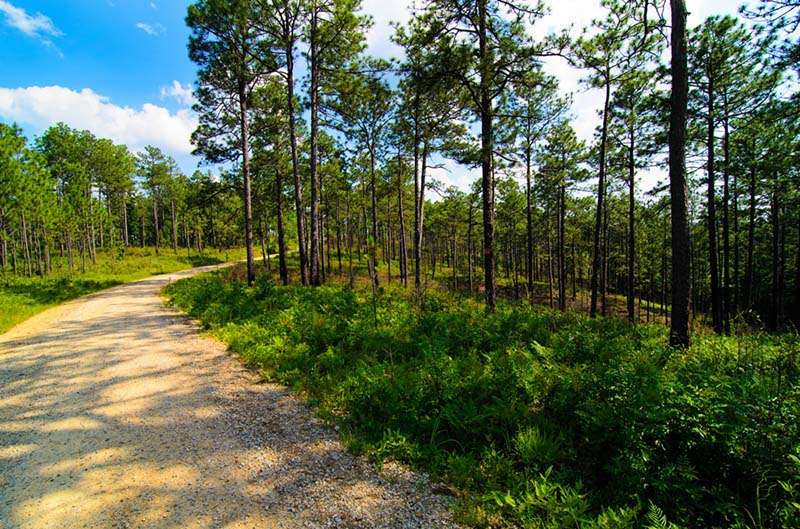The Gorgas House Museum is the oldest structure on the University of Alabama campus. Built in 1829, the building served as a …
Alabama Museum of Natural History
The Alabama Museum of Natural History, with thousands of invaluable specimens from all lines of scientific research, is a lasting …
Pie Lab
PieLab is a pie shop meant to gather communities together. It’s founded on the idea that simple things, like delicious pie and …
Oakmulgee Division, Talladega National Forest
The 157,000 acre Talladega National Forest, Oakmulgee District is located in the Fall Line Hills of the Eastern Gulf Coastal Plain …
Continue Reading about Oakmulgee Division, Talladega National Forest




